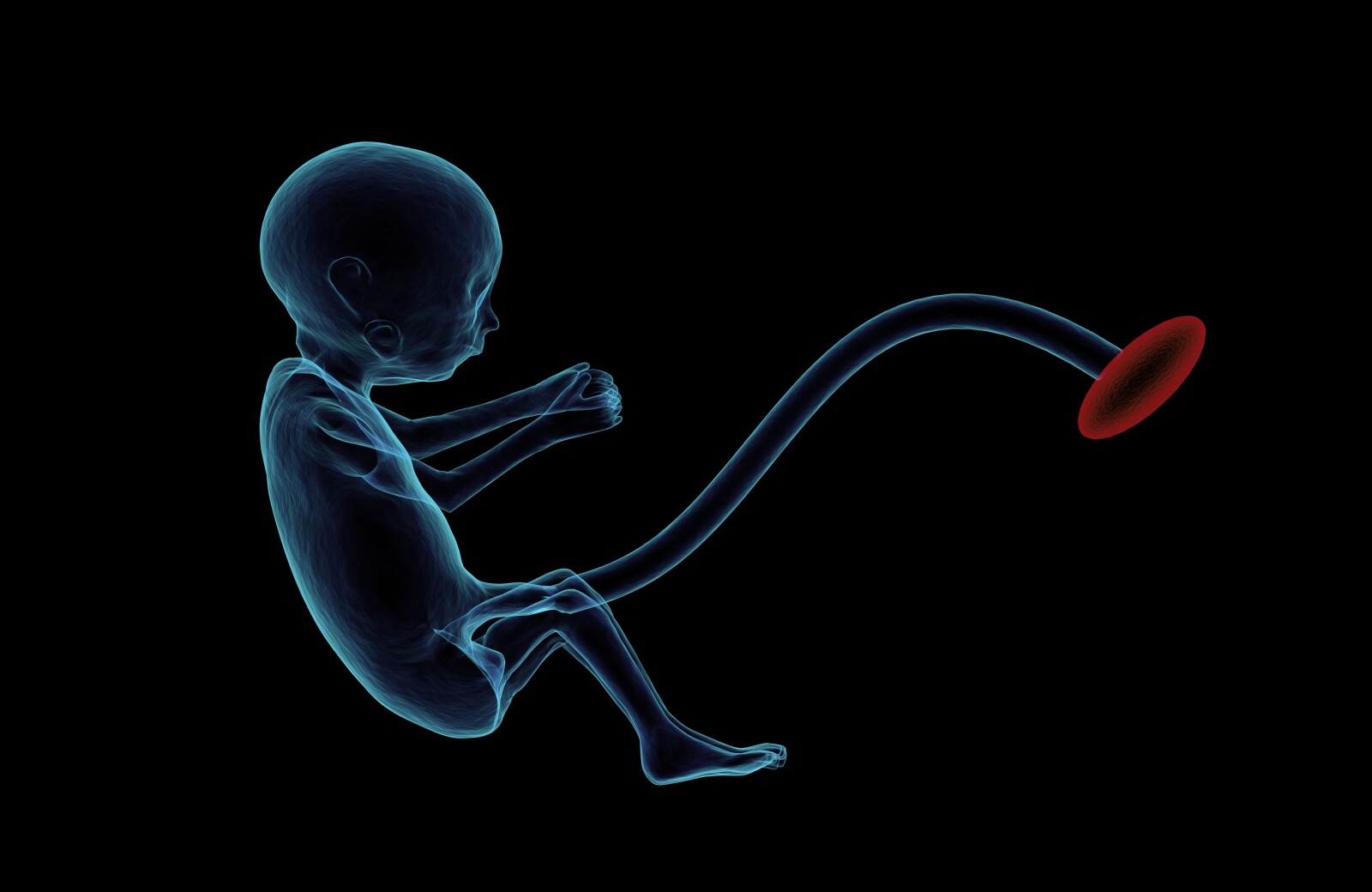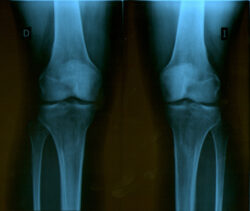Life-Altering Accidents: Your Essential Spinal Cord Injury Guide
This article offers a comprehensive guide to understanding spinal cord injuries, their causes, effects, and subsequent complications. It discusses the role of surgery, rehabilitation, and caregiver support. Also, it provides insights into the adaptation process post-injury, legal perspectives, and available resources. This guide is an essential read for those impacted by spinal cord injuries, facilitating informed decision-making and effective coping strategies.

Key Takeaways
- Spinal cord injuries can be caused by various accidents and can result in temporary or permanent damage.
- The location of the injury determines the extent of damage, with incomplete injuries allowing partial transmission of messages and complete injuries resulting in a loss of sensation and movement below the injury level.
- Spinal cord injuries can lead to secondary issues such as muscle atrophy, sexual dysfunction, and respiratory distress, requiring additional support and care.
- Recognizing and responding to spinal cord injuries is crucial, and immediate medical assistance should be sought if a spinal cord injury is suspected.
Understanding Spinal Cord Injuries: An Overview
Understanding Spinal Cord Injuries involves comprehending the fundamental role of the spinal cord, a delicate yet essential part of the body's infrastructure, and how its damage can disrupt the usual transmission of information from the brain to various body parts. A critical aspect of this understanding is spinal cord injury prevention, which can include safety measures like using seat belts, taking precautions during sports, and avoiding falls. Despite these precautions, accidents can still occur, leading to injuries. Thankfully, advancements in spinal cord injury treatment have significantly improved the prognosis for these injuries. These advancements range from immediate treatments that minimize damage, to rehabilitation strategies that foster long-term recovery. Nevertheless, spinal cord injuries remain a significant health issue, highlighting the ongoing importance of both prevention and treatment research.
The Impact: Effects of Spinal Cord Injuries
The severity and location of a spinal cord injury not only determine the immediate physical ramifications but also forecast the long-term psychological impact, as it fundamentally alters the individual's ability to interact with the world around them. The emotional challenges after spinal cord injuries include depression, anxiety, and a sense of loss. These psychological impacts demand as much attention as the physical symptoms, necessitating a comprehensive treatment approach. Medical advancements, particularly innovations in spinal cord injury treatment, have provided hope. These include surgical procedures to stabilize the spine, minimize nerve damage, and manage pain. Additionally, research on stem cell therapy and neuroplasticity offer potential for improved outcomes. However, the journey to recovery remains complex, underscoring the need for robust support systems and adaptive strategies.
Secondary Complications Associated With Spinal Cord Injuries
Beyond the immediate physical damage, spinal cord injuries often lead to secondary complications such as muscle atrophy and respiratory distress, and these additional challenges can significantly affect the patient's quality of life. Preventing complications becomes a pivotal aspect of the management protocol, involving regular physiotherapy to combat muscle atrophy, and respiratory care to prevent distress. Furthermore, circulatory issues may necessitate the use of compression garments. The psychological fallout, including situational depression, demands equally diligent attention. Providing psychological support to such patients is essential, helping them adjust to the new realities of their life. In this comprehensive care approach, the role of caregivers cannot be overemphasized, providing both physical and emotional support to navigate this challenging journey.
How to Identify and React to Potential Spinal Cord Injuries
Frequently, the initial signs of potential spinal cord injuries may be subtle, but timely identification and appropriate response can significantly improve the prognosis and limit further damage. Identifying symptoms early is crucial; these can include pain or pressure in the head, neck, or back, weakness or paralysis, numbness, tingling, and loss of bladder or bowel control. Changes in sexual function and difficulty with balance and walking could also indicate spinal cord injury. In any suspected case, the emergency response should be immediate. The injured person should not be moved unless it's essential for safety. Stabilizing the head and neck can prevent further injury. Emergency medical services should be contacted promptly, as rapid intervention can often mitigate long-term impacts of spinal injuries.
Available Resources and Support for Spinal Cord Injury Victims
In dealing with the aftermath of a spinal cord injury, victims have access to numerous resources and support systems, and these can significantly aid in their rehabilitation and adaptation to a new way of living. Supportive organizations, such as the National Spinal Cord Injury Association and the Paralyzed Veterans of America, provide comprehensive services ranging from advocacy and employment assistance to health and fitness programs. Additionally, through certain governmental initiatives and nonprofit organizations, financial assistance is available to help offset medical expenses and to facilitate independent living. Moreover, specialized rehabilitation centers focus on the medical, psychological, and vocational aspects of recovery, providing an integrated approach to post-injury care. Each of these resources plays a pivotal role in the victim's journey towards adapting to life post-injury.
The Role of Rehabilitation in Spinal Cord Injury Recovery
The effectiveness of rehabilitation in the recovery process of a spinal cord injury largely depends on the individual's resilience, the severity of the injury, and the quality of care they receive. Various rehabilitation techniques are employed based on the patient's unique needs. These may involve physical therapy to regain as much function as possible, and occupational therapy to adapt to new ways of performing everyday tasks. Equally vital is the psychological support provided to the patient, which aims to foster emotional resilience and cope with the life-altering changes. This support often includes counseling and group therapy. Rehabilitation is not a quick fix but a long-term commitment to improving and maintaining the patient's quality of life, despite the challenges posed by their injury.
Navigating Life Post Spinal Cord Injury: Lifestyle Adaptations and Tools
Adapting to life after a spinal cord injury often necessitates significant lifestyle changes and the adoption of numerous assistive tools to enhance mobility and independence. This transition requires deliberate, personalized lifestyle modifications, carefully tailored to the individual's unique needs and injury specifics. These adaptations could include alterations in housing setup, daily routine, and modes of transportation.
Equally critical is the incorporation of assistive technology. From wheelchairs to specialized computer software, these devices can dramatically improve quality of life by facilitating communication, mobility, and self-sufficiency. However, the successful integration of these elements is contingent on comprehensive patient education and consistent support from medical professionals. Thus, the journey towards post-injury independence is multifaceted, involving both tangible changes and sustained psychological adjustment.
Legal Perspectives: Knowing Your Rights After a Spinal Cord Injury
Understanding how to navigate through the complex legal landscape after suffering a spinal cord injury can significantly help victims stand up for their rights and seek appropriate compensation for their injury. Being informed about your legal rights is paramount. Various compensation options may be available, depending on the circumstances of the injury. These could include insurance payouts, workers' compensation, or in certain cases, a personal injury lawsuit. Each case is unique, and the choice of legal recourse should be guided by a thorough investigation of the incident leading to the injury, the parties involved, and the applicable laws. It is advised to consult with a legal professional specializing in spinal cord injuries to fully understand the potential avenues for compensation and the legal processes involved.
Frequently Asked Questions
What Are Some Common Preventative Measures for Avoiding Spinal Cord Injuries?
Preventing spinal cord injuries involves proactive measures. According to injury statistics, many injuries result from falls and vehicular accidents. Therefore, using safety equipment like seat belts, helmets, and harnesses when engaged in potentially risky activities is crucial. Moreover, maintaining a healthy lifestyle can strengthen the body's resistance against injuries. Regular exercise, balanced diet, and proper posture can significantly reduce the risk of spinal cord injuries. These preventative strategies are essential in avoiding life-altering accidents.
Are There Any Recent Advancements in Medical Technology That Can Aid in the Recovery of Spinal Cord Injuries?
Recent advancements in medical technology have indeed shown promise in aiding the recovery of spinal cord injuries. Particularly, stem cell therapies are being explored for their potential to regenerate damaged nerve cells. Additionally, the usage of neuroprosthetics is increasingly becoming a viable option. These devices, interfacing with the nervous system, can restore lost function and provide increased mobility. However, the outcomes vary and further research is needed to optimize these innovative treatments.
How Does the Body’s Immune System Respond to a Spinal Cord Injury?
Following a spinal cord injury, the body's immune system responds aggressively, often leading to inflammation and immune system overactivity. Inflammation management becomes crucial to prevent further damage. The immune response involves an influx of immune cells to the injury site which can exacerbate the injury. Recent research is focused on modulating this immune response to enhance recovery. However, the complexity of the immune system's response presents challenges in developing effective therapeutic strategies.
What Are Some Exercises That Can Be Done to Strengthen the Spinal Cord?
Exercises to strengthen the spinal cord are an integral part of the rehabilitation process. Selection of exercise equipment is key to support recovery. Equipment such as stability balls, resistance bands, and specialized machines can aid in strengthening back and core muscles. Therapeutic exercises like water therapy, yoga, and Pilates can also be beneficial. However, each case is unique, requiring tailored programs under professional supervision. Always consult a healthcare professional for safe and effective exercise recommendations.
Can Alternative Therapies Such as Acupuncture or Chiropractic Treatment Help in Managing Symptoms After a Spinal Cord Injury?
Alternative therapy efficacy in the context of spinal cord injury management is a subject of ongoing research. Holistic healing approaches, such as acupuncture and chiropractic treatment, have shown promise in alleviating certain symptoms like pain and muscle spasticity. However, their effectiveness varies among individuals and should complement, not replace, conventional treatments. Always consult with a healthcare professional before beginning any alternative therapy regimen to ensure safety and optimal health outcomes.
Conclusion
In conclusion, spinal cord injuries significantly alter lives, necessitating comprehensive understanding and management. These injuries, varying in nature and severity, can lead to secondary complications requiring immediate response. Key to navigating this life-altering event is the availability of resources and support mechanisms, beneficial rehabilitation processes, and a comprehensive understanding of the patient's rights. Through knowledge and adaptation, individuals can navigate the challenges of life post-spinal cord injury. Future research and advancements promise further improvements in their quality of life.

This post has been generated by AI and was not reviewed by editors. This is Not legal advice. Please consult with an attorney.




